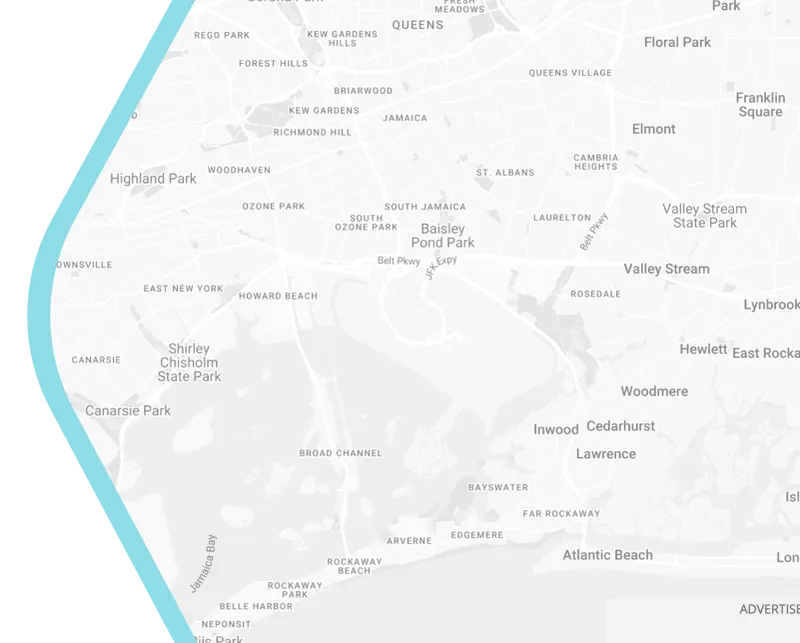
Smart City Solutions: Reimagining Urban Life Down Under
This post provides an overview of smart city solutions in Australia, highlighting the benefits, challenges, and practical steps for implementation. It aims to inform and inspire action towards building smarter and more sustainable urban environments.
































